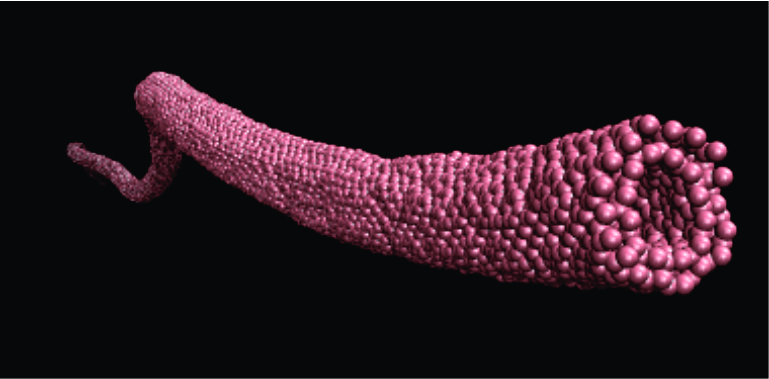We are investigating the impact of nanoscopic features on the thermoelectric performance of nanostructures and nanomaterials. The work involves theoretical models based on ab initio and molecular dynamics simulations to predict how small changes, such as surface roughness and superlattice structures, imposed on one dimensional structures can improve the thermoelectric figure of merit of the material. Experimental work using batch fabrication technologies such as electrochemical growth is underway to test these theoretical predictions in an effort to produce thermoelectric materials that operate at higher efficiencies.
Challenges exist in both the accurate modelling of experimentally-realizable nanostructures and in the growth of these structures using electrochemical deposition. The material system of interest is Al:ZnO, a well known oxide, n-doped themoelectric material. The primary application driving the work is high temperature gradient (ie. 1200 K) power generation in nuclear, gas, and coal fired power plants. A secondary application is the use of the technology as a low cost alternative for solar energy harvesting.
This work benefits from access to Computing Canada’s Westgrid Bugaboo cluster and is performed in conjunction with Walus Labs at the University of British Columbia.
